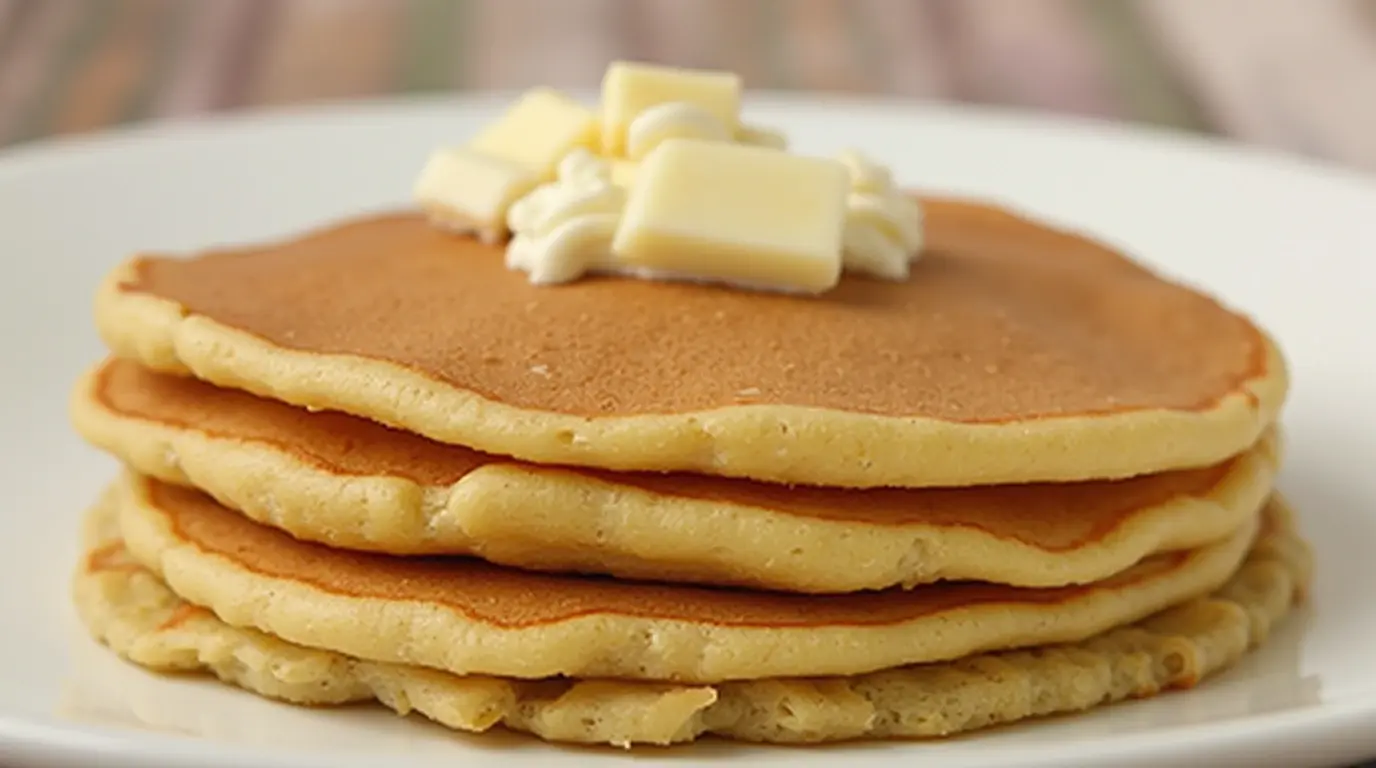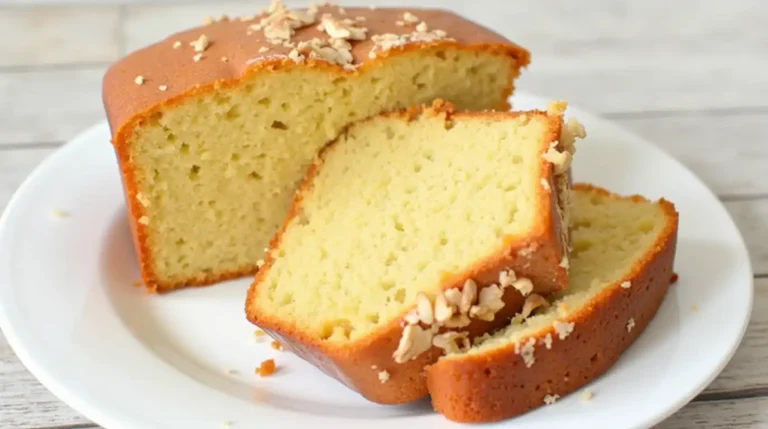Taro Flavored Pancake Recipe: A Colorful Twist on a Breakfast Classic
When it comes to creative breakfast dishes, we often think of bright fruit toppings, infused syrups, or specialty batters like banana or chocolate chip. But if you’re looking for something that stands out visually and delivers a gentle, sweet, and slightly earthy flavor, taro flavored pancake recipe might be your next big hit. Taro—a starchy root native to Southeast Asia—has captivated the world of desserts, beverages, and baked goods with its pastel purple hue and comforting taste. Now, it’s ready to transform your pancake routine into a colorful and delicious feast.
Table of Contents
In this article, we’ll explore why taro is such a beloved ingredient, the key steps to creating your very own taro pancake batter, and tips for customizing and serving them. By the end, you’ll have all you need to master this delightful dish for a weekend brunch, a special celebration, or whenever you crave something out of the ordinary.
Why Taro Flavored Pancake Recipe
A Unique Flavor Profile
Taro offers a mild, nutty sweetness reminiscent of sweet potatoes, but with an earthy undertone that sets it apart. Though often used in Asian cuisines, it has gained popularity worldwide in everything from bubble teas to pastries. Taro pancakes capitalize on this nuanced flavor—bringing depth to an otherwise standard breakfast classic.
Eye-Catching Aesthetic
One of the most striking aspects of taro is its natural purple tint, which can range from faint lavender to a more pronounced violet. While fresh taro flesh looks pale with specks of purple, you can enhance that color by incorporating taro powder or a dash of food coloring into the pancake batter. The result? Beautiful purple pancakes that instantly elevate any breakfast spread and draw “oohs” and “aahs” from friends and family.
Cultural Influence
Taro is a cornerstone ingredient in many Southeast Asian and Polynesian communities, making taro pancakes a subtle way to explore new cultures through cuisine. As global palates become increasingly adventurous, incorporating beloved international ingredients like taro into familiar dishes is both fun and delicious.
Nutritional Benefits
Though pancakes are often considered an indulgent treat, using taro can add a small nutritional boost. Taro boasts dietary fiber, vitamins (like vitamin E), and minerals such as potassium and magnesium. Of course, combining taro with standard pancake ingredients doesn’t magically make your meal “health food,” but it introduces variety and adds extra nutrients to your plate.
Getting to Know Taro
Taro Root vs. Taro Powder
When making taro pancakes, you can use either fresh taro root or taro powder:
- Fresh Taro Root
- Peel and cook (boil, steam, or roast) until tender. Then mash or purée before adding to your batter.
- This approach yields a subtler purple tone and a more natural taro flavor. However, it’s slightly more labor-intensive.
- Taro Powder
- Commonly used in bubble tea shops and dessert-making, taro powder often contains sweeteners and coloring.
- Incorporating it into pancake batter is convenient and gives a vibrant purple color. Make sure to adjust sugar and other liquids accordingly.
Taste and Texture
- Flavor: Mildly sweet, with hints of vanilla and a distinctive earthy undertone.
- Texture: Fresh taro root is starchy, contributing thickness and density to the batter. Taro powder provides smooth integration and intense color.
Taro-Flavored Pancake Recipe
Below is a straightforward recipe for taro-flavored pancakes that yields about 8–10 medium-sized pancakes. You can easily double or halve the recipe depending on your needs. Feel free to experiment with small adjustments, such as additional flavors or toppings, once you’re comfortable with the basics.
Ingredients
- Dry Mix
- 1½ cups (about 190g) all-purpose flour
- 1 tablespoon (12g) sugar (adjust based on the sweetness of your taro)
- 2 teaspoons baking powder
- ½ teaspoon baking soda (optional, helps fluffiness)
- ½ teaspoon salt
- Wet Mix
- 1 cup (240ml) milk or buttermilk
- 1 large egg, room temperature
- 2 tablespoons melted unsalted butter (or a neutral oil)
- 1 teaspoon vanilla extract
- Taro Component
- ½ cup (about 100g) cooked and mashed fresh taro or 3–4 tablespoons taro powder
- Optional: A drop or two of purple gel food coloring for a more pronounced color (especially if using fresh taro, which can be lighter in hue)
Instructions
1. Prepare the Taro
- If using Fresh Taro
- Peel the taro root carefully (taro skin can irritate skin, so wearing gloves or washing hands thoroughly is a good idea).
- Cut into chunks and boil or steam until fork-tender. This usually takes about 15–20 minutes. Drain thoroughly and mash or purée. Let cool slightly.
- If Using Taro Powder
- Measure out 3–4 tablespoons. Adjust based on desired taste and color strength. More powder typically increases sweetness and vibrancy.
2. Combine Dry Ingredients
- In a medium-sized bowl, whisk together flour, sugar, baking powder, baking soda, and salt. Make sure no lumps remain, particularly if you’re using a brand of flour that tends to clump.
3. Mix Wet Ingredients
- In a separate bowl, whisk the milk, egg, melted butter, and vanilla extract until fully combined. If your taro is on the sweet side, consider reducing the sugar in the dry mix by a teaspoon or so.
4. Incorporate Taro
- If using fresh taro, fold it directly into the wet mixture. Mash any remaining lumps to ensure an even distribution. If using taro powder, whisk it into the wet mixture until it dissolves.
- Check the color. If you prefer a more vibrant purple, add a small drop of purple gel food coloring and stir until the shade is uniform.
5. Combine Wet and Dry
- Create a well in the center of the dry mix. Pour in the taro-infused wet mixture, stirring gently. Aim to blend until the batter is just combined—overmixing can lead to dense, rubbery pancakes.
6. Let the Batter Rest
- Rest the batter for about 5 minutes. This short break helps the gluten relax and allows the baking powder to begin its leavening magic.
7. Cook the Pancakes
- Preheat a non-stick skillet or griddle over medium heat. Lightly grease with butter or cooking spray.
- Scoop about ¼ cup of batter for each pancake, pouring gently onto the hot surface.
- Watch for Bubbles: Let the pancake cook until small bubbles form on the surface and the edges start to look set, about 2–3 minutes. Flip carefully and cook another 1–2 minutes on the other side, or until lightly browned.
- Repeat with the remaining batter. To keep pancakes warm, place them on a baking sheet in a 200°F (93°C) oven until serving.
Topping and Serving Suggestions
Classic Maple Syrup
Though taro has an earthy sweetness, a drizzle of warm maple syrup balances the flavors nicely, lending extra moisture and brightness to the subtle pancake base.
Coconut Cream or Condensed Milk
For a tropical flair, spoon coconut cream over your stack or use sweetened condensed milk as a glossy, sugary drizzle. These pair beautifully with taro’s gentle nuttiness.
Fresh Berries or Fruit Compote
Add a pop of color and a slight tang by topping your taro pancakes with mixed berries, sliced mango, or a homemade berry compote. The acidity and vibrancy of fruit can counterbalance the earthy notes.
Toasted Nuts or Seeds
Sprinkle toasted almonds, shredded coconut, or sesame seeds on top. The crunchy texture adds complexity to each bite and adds a nice garnish.
Whipped Cream and Ube/Taro Jam
If you’re a sweet breakfast enthusiast, top each pancake with whipped cream and a dab of taro (or ube) jam for a double dose of that purple-hued deliciousness.
Variation Ideas
- Taro & Chocolate Chip
- Fold a handful of dark or white chocolate chips into the batter before cooking. The sweet-bitter combo can accentuate taro’s flavor and make the pancakes feel more like dessert.
- Vegan Taro Pancakes
- Swap the egg with a flax egg (1 tablespoon ground flaxseed + 3 tablespoons water) and use a plant-based milk (e.g., almond, soy, or oat milk). Coconut oil stands in well for butter.
- Savory Taro Pancakes
- Reduce or omit sugar in the batter and fold in herbs (like chopped scallions) and a pinch of salt. Serve with soy sauce or miso-based sauce for an umami twist on the classic pancake.
- Taro Latte Pairing
- Make a taro latte (steamed milk blended with taro powder or paste) on the side to create a monochromatic and flavor-cohesive breakfast spread.
- Taro Ice Cream Sandwich
- Cool the pancakes fully, then sandwich a scoop of taro or vanilla ice cream between two pancake rounds. The chilled, creamy filling contrasts delightfully with the fluffy texture.
Tips for Pancake Perfection
- Temperature Control
- Cooking pancakes on medium heat is vital. Too high and they’ll burn externally while remaining undercooked in the center. Too low and you might dry them out before browning.
- Don’t Overmix
- Stir just until no large streaks of flour remain. Overmixing forms excessive gluten, leading to tough pancakes rather than light, fluffy ones.
- Uniformity
- Use the same ladle or measuring scoop for each pancake to ensure even, consistent sizes. This helps them cook uniformly and look more appealing on the plate.
- Testing the Batter
- If you’re unsure about the sweetness or color intensity, fry a small “test pancake” to check. Adjust the sugar, taro, or food coloring for the rest of the batch if needed.
- Storage & Reheating
- If you have leftovers, store them in an airtight container in the fridge for up to two days. Reheat on a non-stick pan over low heat or microwave gently to preserve moisture.
Frequently Asked Questions
1. Can I use taro paste from a can instead of fresh taro or taro powder?
Yes, canned taro paste is often slightly sweetened, so adjust sugar in your recipe accordingly. Check the label to see if it contains additional flavorings or colorants.
2. Why isn’t my pancake batter as purple as I’d like?
The natural color of fresh taro can vary. If you want a more vibrant hue, add a drop or two of purple food coloring. Taro powder typically produces a stronger color than fresh taro.
3. Is there a difference in taste between ube and taro pancake recipes?
Though both are visually purple, ube (purple yam) and taro have distinct flavors. Ube is often described as sweeter and more vanilla-like, while taro has a slightly earthier taste. The recipes are similar, but the results differ subtly in flavor profiles.
4. Can I make pancake batter in advance?
Pancake batter is best used promptly to ensure the leavening agents remain active. However, you can mix the dry ingredients beforehand and store them in a sealed container. Combine with wet ingredients right before cooking.
5. How do I safely handle fresh taro?
Raw taro can cause skin irritation due to calcium oxalate crystals. Wear gloves while peeling or rinse your hands frequently to mitigate this effect. Cooking deactivates these crystals, making the taro safe and enjoyable to eat.
Conclusion
Taro-flavored pancakes bring a dash of fun, color, and global flavor to your breakfast plate. With a mild sweetness and subtle earthiness, they provide a welcome contrast to common morning staples like plain buttermilk or chocolate chip pancakes. Their photogenic lavender hue makes them a conversation starter, whether you’re hosting a brunch or simply brightening up a weekday morning for your family.
Whether you opt for fresh taro root or lean on convenient taro powder, these pancakes invite experimentation—try them with tropical fruit toppings, or go savory by minimizing sugar and adding herbs. Whichever route you choose, one thing’s certain: taro pancakes are an exciting and tasty way to shake up your breakfast routine. With just a few simple ingredients and an open-minded approach, you can serve up a stack of this purple-hued delight and delight everyone around the table.
Trusty External Link
For more creative taro recipes and comprehensive tips on handling and cooking taro root, visit Kawaling Pinoy’s Taro Recipes. They offer insights into Filipino cooking traditions along with step-by-step guides on using taro in sweet and savory dishes.







